The hood removes strong smells of food, water vapor, smoke from the air in the kitchen. Protects walls, ceiling, floor and furniture from greasy splashes and soot. She has already ceased to be a curiosity or a luxury item.
How to choose a reliable kitchen assistant? To help you, the editors of the site "bestx.htgetrid.com/en/" have compiled an instruction where they described in detail what parameters are really important and what you should pay attention to when buying an inclined hood.
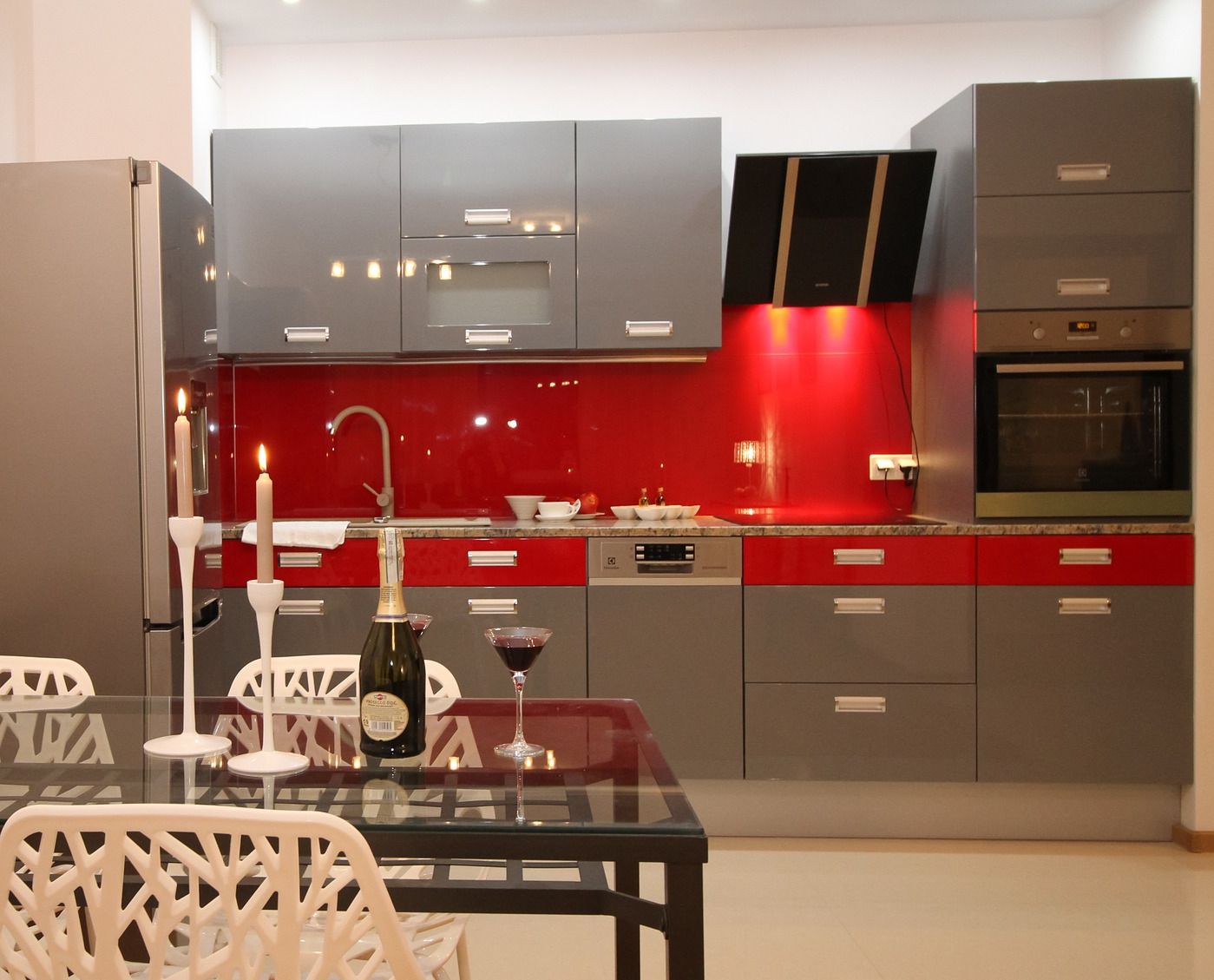
Content
Criterias of choice
Types of cooker hoods by installation type
By location and type of construction, hoods are divided into three large groups.
Suspended
Most of the representatives of this group are budget models with low engine power, which, however, is enough to serve a medium-sized kitchen. Economical in terms of energy consumption, practical, but not very functional.
Embedded
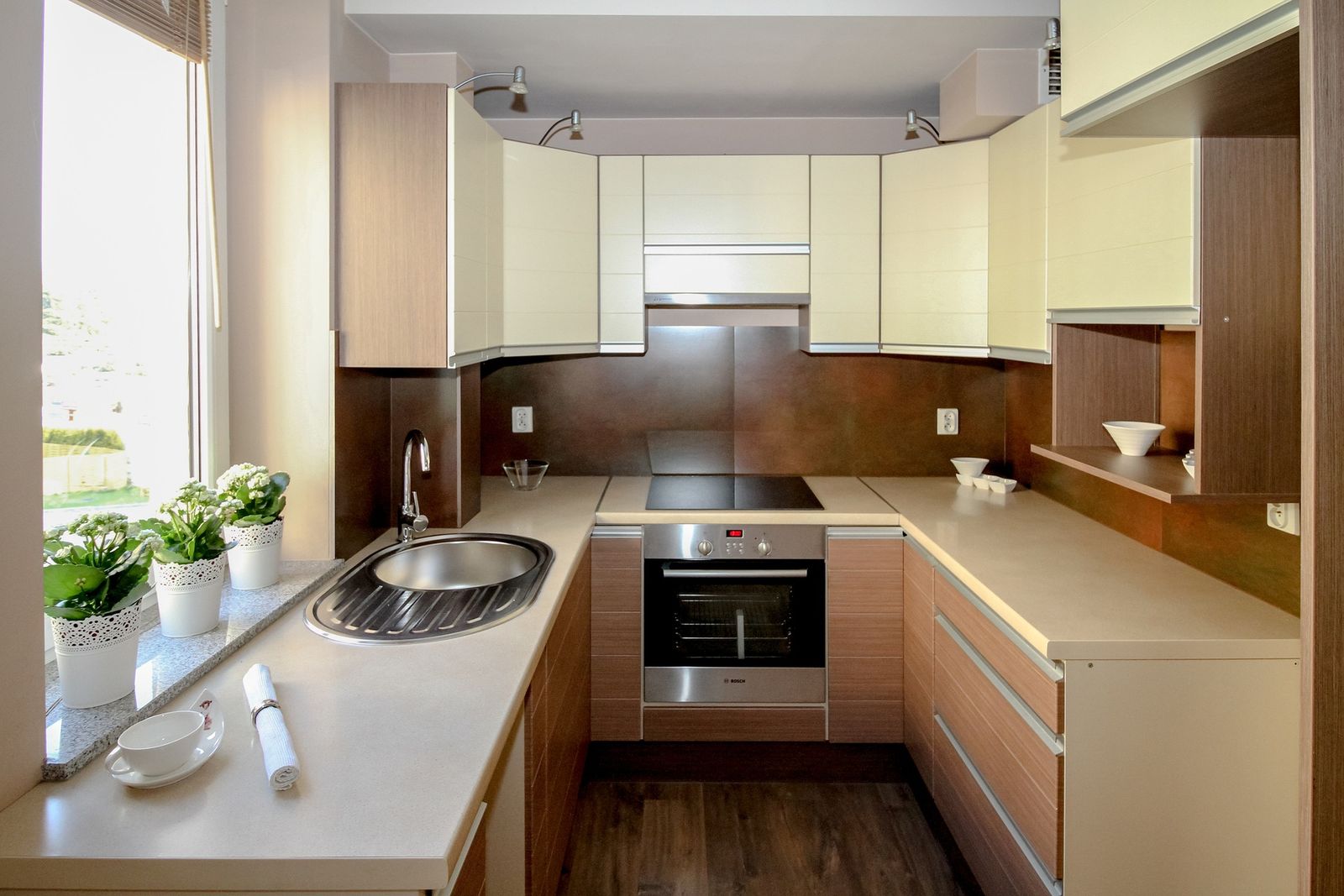
After installation, only the control panel remains visible, the body of the device is usually hidden under a false ceiling, in a kitchen cabinet or worktop. In the latter case, the hoods are called "dominoes".
Dome or fireplace
As the name implies, the devices are similar in appearance to the ventilation systems of conventional fireplaces. Typically, these models are equipped with powerful engines and, as a result, are characterized by high performance. Since such hoods are always in sight, almost every company has several models with the same technical characteristics, but “packed” in different cases. This makes it possible to choose a device for any interior.
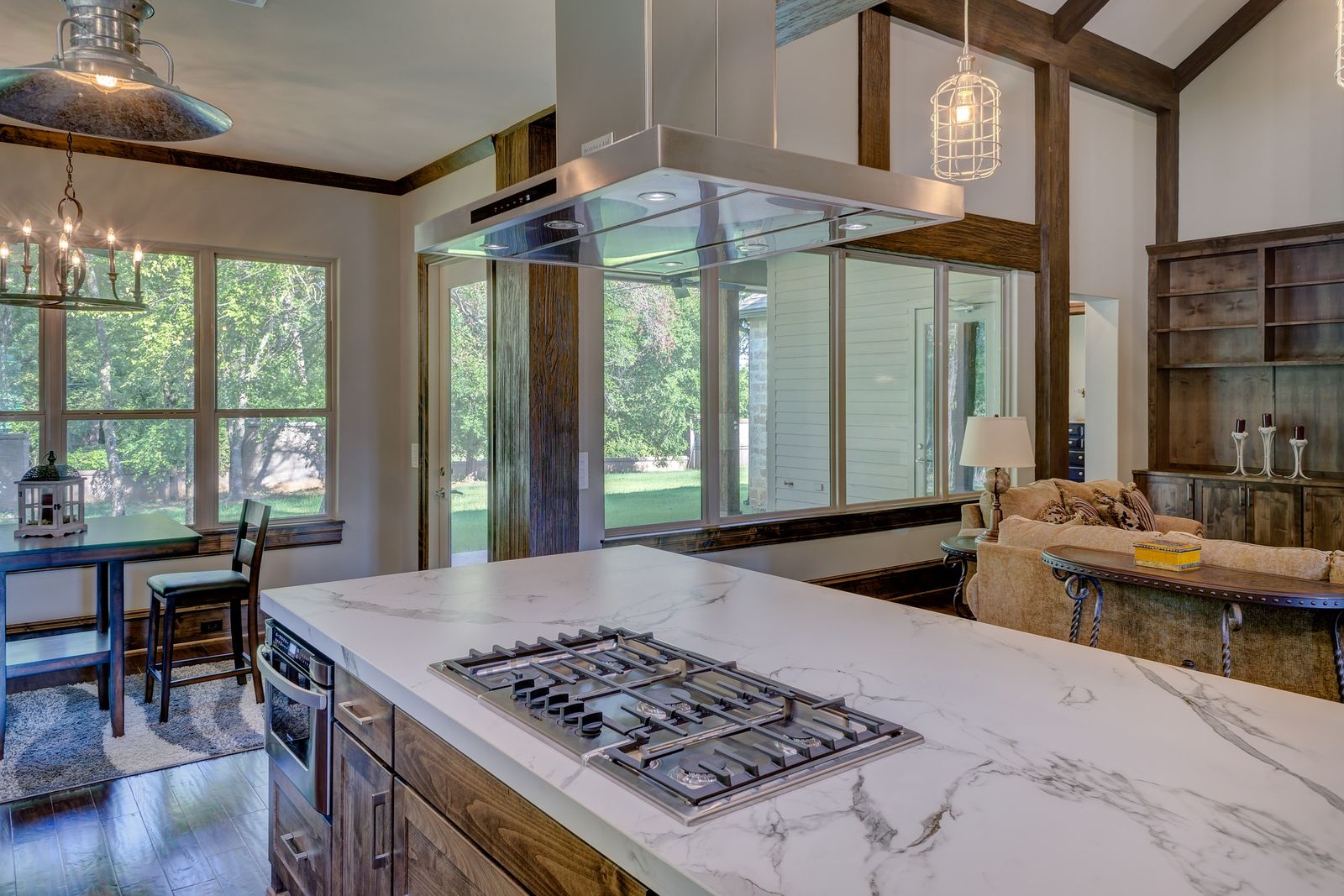
By design type, dome hoods are:
- wall-mounted,
- corner,
- island.
Inclined hoods
In addition, any of the above domed hoods can be inclined. A feature of this model is that it is flat and tilted towards the work surface. We list the pros and cons that are inherent in most models of inclined hoods.
Advantages:
- stylish, original appearance;
- compactness;
- ergonomics;
- power;
- light weight;
- low noise level;
- grease filters are not visible.
Disadvantages:
- to provide sufficient performance, it may consume more electricity than similar models of other types.
Working hours
- Recirculating. Devices with this mode drive dirty air through two filters - grease and charcoal, and then return it back to the room. Such models are convenient in two cases - when it is not possible to connect to the ventilation system or otherwise remove dirty air outside, and also when there is a need to heat the room - in the autumn-winter months.
- Flowing. More efficient mode, but requires connection to a working ventilation system. Through the hood, the polluted air is forcibly removed from the premises to the street using an air duct.
- Combined. Devices of this type can operate both in recirculation mode and in exhaust mode.They allow you to change the mode, depending on the environmental parameters - the season, the characteristics of your kitchen, the intensity of cooking.
Filter
There are two types of models:
- with one filter - fat,
- with two - with fat and coal.
Filters differ in purpose and degree of cleaning.
- Fatty. This is a coarse filter that protects the engine and exhaust pipes of the hood from small particles of oil and grease. Filters are made in the form of a frame with a fine mesh made of aluminum or stainless steel. Sometimes you can find acrylic options. They are short-lived, require constant replacement, which is why they are not popular. Metal filters last a long time, can be easily removed, washed, and not a hassle.
- Carbonic. Fine filter, needed to trap odors. At the heart of the product, the most famous absorbent is activated carbon. Disposable, require replacement every 3-6 months, depending on the intensity of use.
Clogging indicator
A dirty, worn-out filter greatly reduces the performance of the hood. To facilitate the maintenance of the device, some brands equip either the hood itself or a filter for it with a special indicator.
In inexpensive models, special images are applied to the filters, which gradually show through or disappear. This becomes a signal that the component needs to be replaced soon.
In more expensive devices, electronics monitor the quality and fullness of filters: a special icon lights up on the control panel.
Performance
The most important criterion when choosing a hood is performance. The parameter shows the maximum volume of air passed by the device in 1 hour.
How powerful the device should be depends on the volume of your kitchen, as well as the volume of the rooms adjacent to it - the loggia, pantry, corridor, dining room.
Finding out the minimum performance is easy. To do this, we will make the following calculations:
- Multiply the kitchen area S by the height of the walls H;
- We multiply the result by 12 (this is the rate of air exchange per hour according to sanitary standards);
- Then we multiply the resulting number by 2 if we have a gas stove and by 1.7 if the stove is electric;
- Now we add 10% to the result obtained for each bend of the duct, as well as for each meter of its length (from the ventilation duct to the hood);
- In addition, we will add 10% in case of an unforeseen or non-standard situation - food burned out, you need to quickly remove the smoke, a non-standard dish is being prepared.
Let's consider an example
Suppose we have a kitchen of 8 square meters with a wall height of 2.7 m. An electric stove is installed in the kitchen. There is also an exit to a loggia with an area of 1.5 m. We will install the hood evenly and beautifully, use 1 m of the duct and bend it once.
Decision:
S = 8 + 1.5 = 9.5 sq. m. - we summarize the areas of the kitchen and the loggia.
We multiply the area by the height: S ∙ H = 9.5 ∙ 2.7 = 25.65 cubic meters. m.
We multiply this by 12: 307.8 cubic meters. m / h.
Now we multiply the result by a factor of 1.7, because we have an electric stove. We get: 307.8 ∙ 1.7 = 503.26 cubic meters. m / h.
We mount the air duct: 503.26 + 50.326 + 50.326 = 603.912 cubic meters. m / h.
Calculation in case of emergency: 603.912 + 60.391 = 664.303 cubic meters. m / h.
Total: minimum productivity - 664 cubic meters. m / h.
Noise
A good model is a silent model. Ideally, the level of noise generated by the product ranges from 35-45 dB. Tolerable if 50 dB. Devices with higher ratings can be considered noisy.
How much does a good range hood cost?
The price for inclined hoods varies from 3490 rubles. up to RUB 394,820 Remember that price is formed from many factors. It depends on technical characteristics, brand, model design, product novelty.
First of all, it is worth selecting the models according to their characteristics, then “weeding out” the models of reliable manufacturers, and from the remaining list - choosing the ones you like externally. If you are willing to pay a little more, then grab a novelty. They are always equipped with exciting new features. The only drawback of such devices is that they may not yet have reviews. And you won't find out about serial defects or other unpleasant feature of the product.Purchasing more than the previous generation model can help save not only money, but also nerves - according to reviews on the Internet, you will certainly choose a reliable unit.
Selection errors
The main mistake when choosing an aggregate is a banal error in calculations. The dimensions of the hood must correspond to the dimensions of the work surface: the width of the hood must be equal to or greater than the stove.
Top manufacturers
Having dealt with the characteristics that are important for you, choosing the type of hood, calculating the required performance, deciding on the dimensions and operating mode, we will go to the manufacturers. Not only the appearance and the badge on the case depends on the brand name. This parameter signals the quality of the assembly, the "lifespan" of the product, and its maintainability. In short, brands are reliable and those that are best avoided.
According to buyers, the best hoods are manufactured at factories of the following brands:
- Great Britain —MAUNFELD;
- Germany - Bosch, Krona, Weissgauff;
- Italy - LEX;
- Russia - ELIKOR;
- Turkey - Simfer.
Rating of quality inclined kitchen hoods for 2020
We offer you an overview of the most popular models of hoods currently on the market. The description of each device includes pros and cons, as well as an average price, which makes it easy to navigate and choose the option you want.
Weissgauff Gamma 60 PB BL
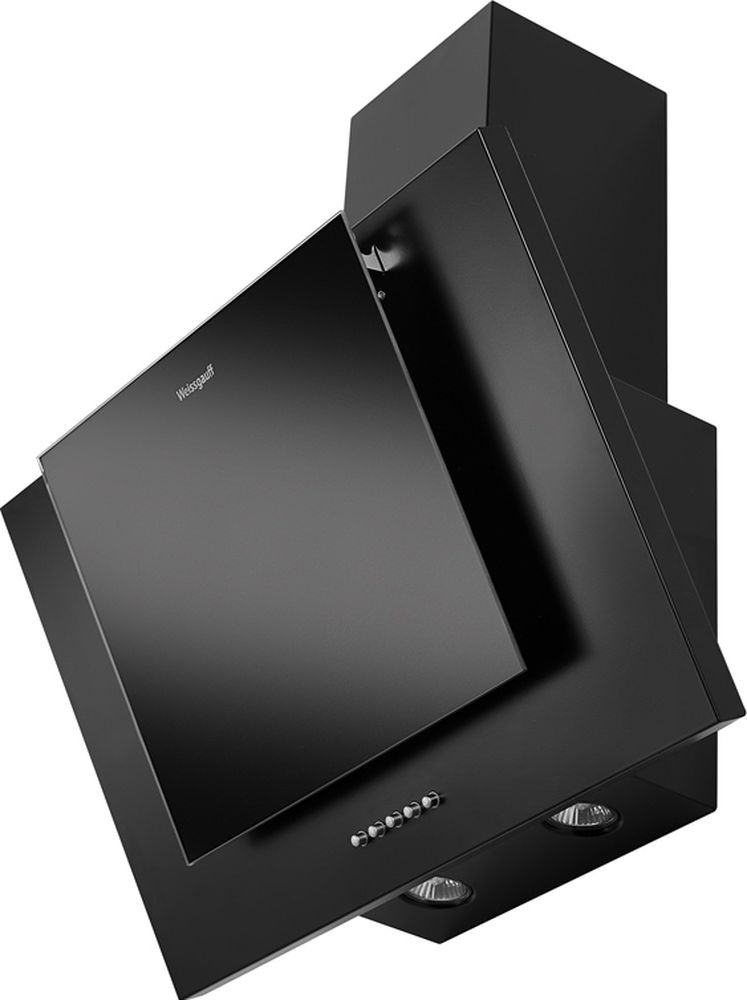
Sleek, stylish model with a maximum capacity of 900 cc m / h is suitable for both a medium-sized kitchen and a studio apartment.
Average price: 4990 rubles.
Advantages:
- budget;
- modern design;
- available in three colors - black, white, beige;
- quiet;
- easy to manage;
- does not take up much space;
- convenient, easy control;
- illumination of the working area with two halogen lamps.
Disadvantages:
- not found.
LEX Luka 600 black
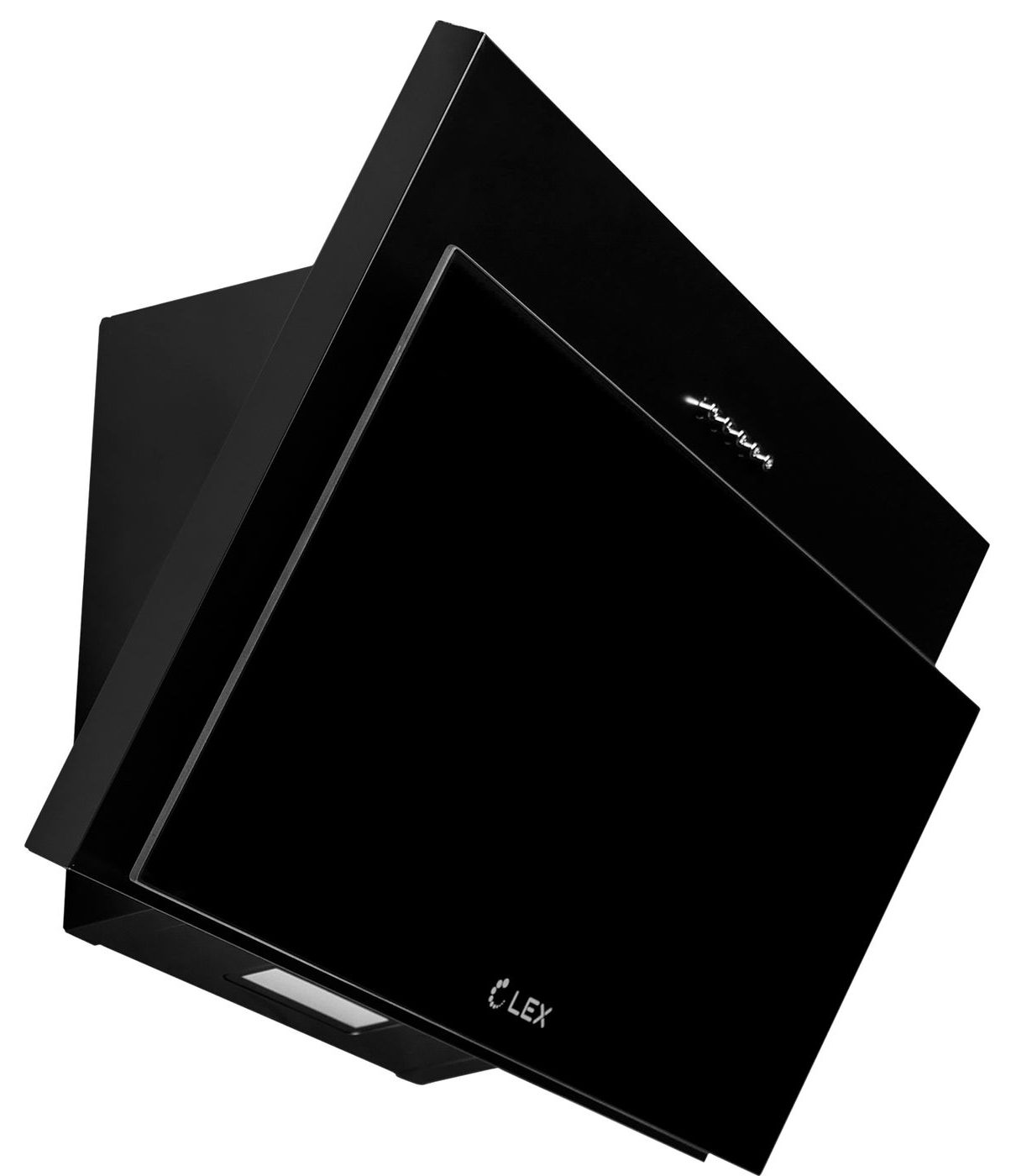
The sleek tempered glass model with metal edging will tackle any unwanted odors in your mid-sized kitchen. The device operates in two modes - air extraction, recirculation. Maximum productivity - 600 cubic meters m / h. Ergonomic mechanical buttons.
Average price: 3980 rubles.
Advantages:
- inexpensive;
- non-marking;
- easy to clean;
- silent;
- bright LED backlight;
- perimetral absorption;
- warranty - 3 years.
Disadvantages:
- not.
Krona Olly PB 600 black

The slim and lightweight (7.8 kg) black model will decorate the interior in a modern style, it will be an ideal solution for small kitchens up to 10 sq. m. Due to its small dimensions and low weight, it is easy to assemble and mix. Works in two modes - air extraction, recirculation. Maximum productivity - 500 cubic meters m / h.
Average price: 4751 rub.
Advantages:
- inexpensive;
- convenient LED lighting;
- mechanical control;
- perimetral absorption;
- anti-return valve;
- warranty - 2 years.
Disadvantages:
- easily soiled body, visible prints remain;
- makes a lot of noise at maximum speed.
Simfer 8668 SM
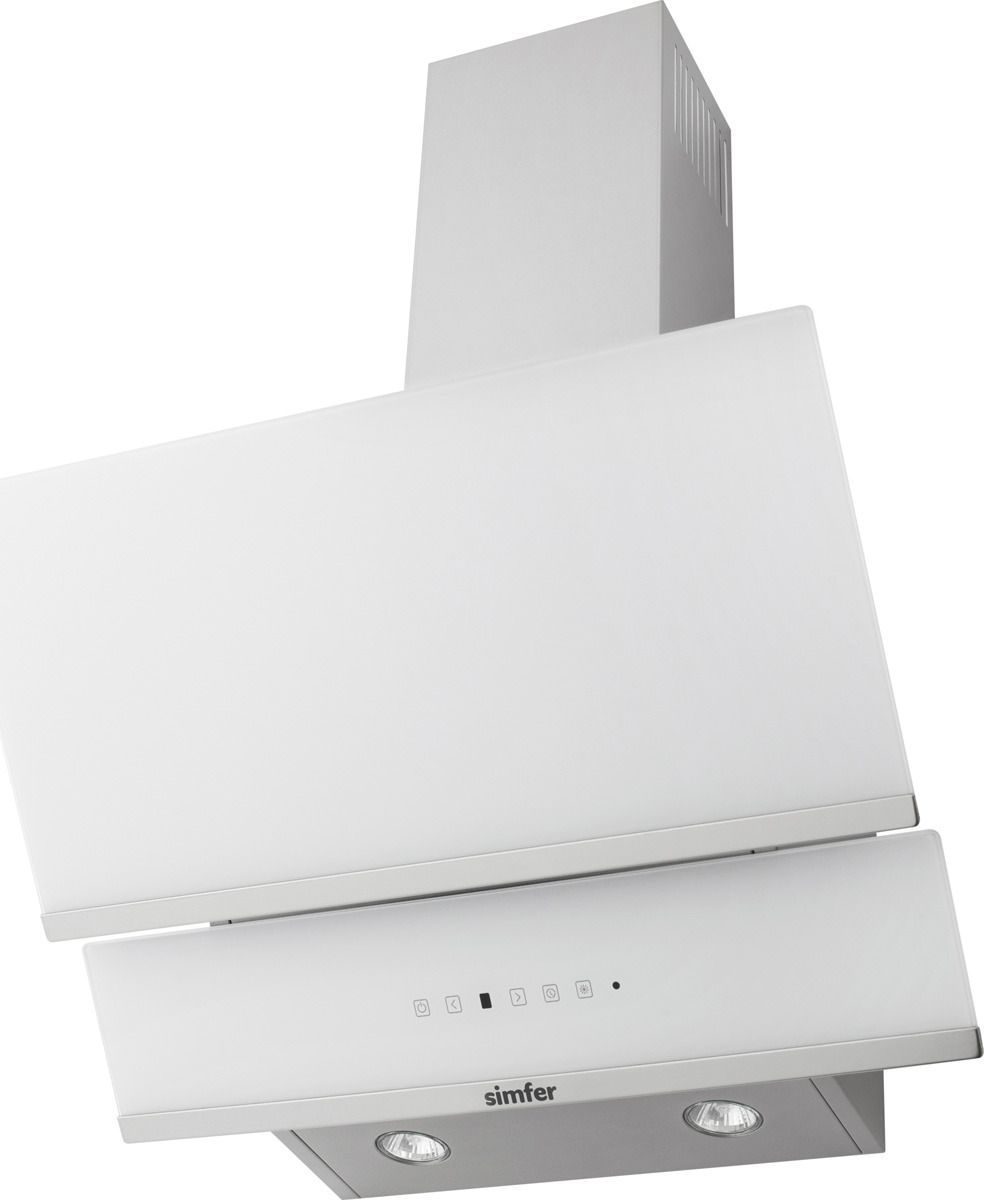
Powerful model with a capacity of up to 800 cc m / h. The combination of display and touch keys makes the device not only stylish, but also convenient to use. It operates in two modes - air extraction and recirculation. Additionally completed with two filters - grease, charcoal.
Average price: 8253 rub.
Advantages:
- stylish appearance;
- high-quality assembly;
- non-marking, easy to clean;
- LED illumination of the working area;
- perimetral absorption;
- intensive mode;
- anti-return valve;
- on / off timer;
- manufacturer's warranty - 5 years.
Disadvantages:
- not.
MAUNFELD Tower C 60 white
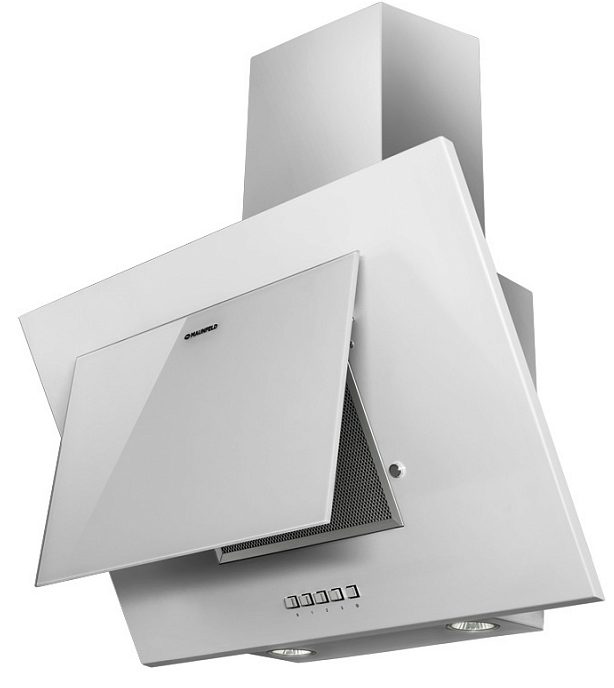
This model is a great option for small kitchens, for example, in Khrushchev houses. Available in two colors - white, black. The use of white in rooms allows you to visually expand the space, add air. The device operates in two modes - air extraction, recirculation. Maximum productivity - 650 cubic meters m / h.
Average price: 6000 rubles.
Advantages:
- budget;
- non-marking;
- perimetral absorption;
- electronic control;
- warranty - 3 years.
Disadvantages:
- build quality;
- halogen lamps burn out quickly;
- makes a lot of noise, especially at 2-3 speeds;
- poor design of the check valve.
Bosch DWK065G60R
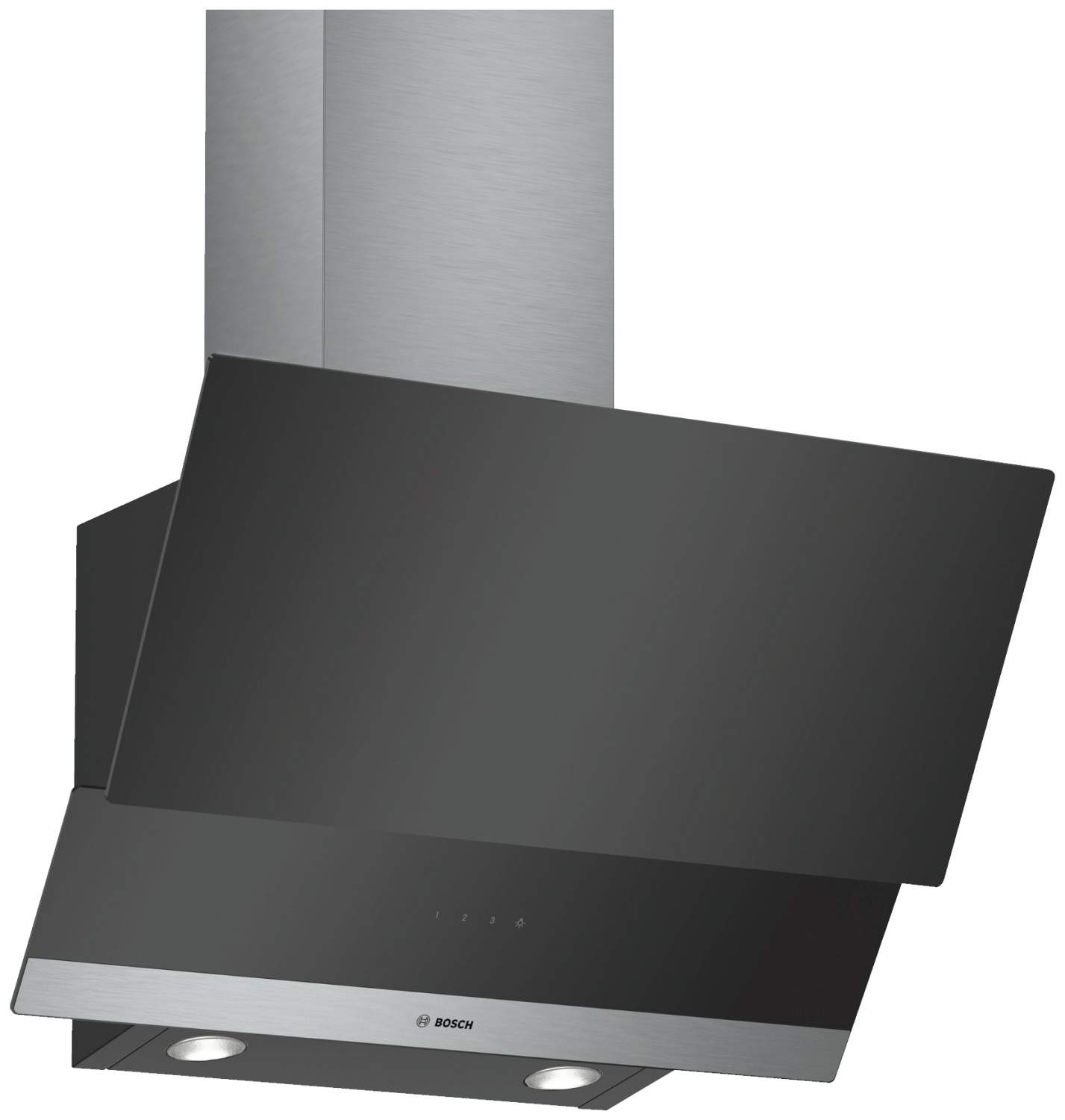
Elegant, functional range hood Sirie 4 with a maximum capacity of 530 cc m / h is capable of operating both in recirculation mode and in air extraction mode. Quickly cleanses, normalizes the microclimate of the kitchen or dining room. The set includes a grease filter with a pollution indicator.
Average price: 12439 rub.
Advantages:
- convenient touch control;
- check valve;
- bright, economical backlight.
Disadvantages:
- cost;
- loud;
- easily soiled case, there are stains, fingerprints;
- poor equipment - the set contains no materials for connecting to the duct;
- flaws in the design - there are slots in the upper part of the device through which air is blown back into the room;
- 1 year warranty.
ELIKOR Pearl S4 60 black

Powerful, stylish Art Nouveau device with a capacity of up to 700 cc m / h. It works in two modes - removal of polluted air, recirculation.
Average price: 10,700 rubles.
Advantages:
- silent;
- laconic design;
- high-quality assembly;
- bright LED backlighting in pleasant yellow color;
- built-in check valve;
- convenient control, touch buttons;
- ventilation function;
- perimetral absorption;
- timer.
Disadvantages:
- easily soiled, it is inconvenient to wipe off the glossy surface.
Cooker hood care
The appliance is located in the dirtiest part of the kitchen, which leads to inevitable contamination of the case and internal parts. Filters clogged with soot, soot and grease not only reduce the efficiency of the device, but also force the motor to work with increased load. Therefore, regular maintenance is not only a matter of appearance, aesthetics, but also the durability and safety of the device.
Cleaning plan:
- De-energize the device.
- Take out the grease filter, wash it.
- Remove the charcoal filter.
- Carefully wash the housing from grease and soot.
- Dry the device with a soft cloth or tissue.
- Insert filters.
- Connect the device to the network.
Cleaning the filters
There is a grease filter in every hood. There are two ways to clean it - using the dishwasher or by hand. In the first case, you need to soak the filter in hot water with detergent once a month, and then gently wash off the dirt with a sponge. Rinse off the remains with a strong jet from the shower. In the case of a dishwasher, it is enough to select the correct setting (temperature). Pay attention to the material of the filters - stainless steel accessories will survive the high temperature, but the aluminum ones will darken.
Cleaning the case
Caring for the body is not difficult. The main thing is to consider the type of material.
It is best to wipe metal surfaces with a soft sponge or cloth. Use a mild, non-abrasive detergent. Do not use hard synthetic or metal brushes, as this can scratch the case.
If the mechanical control panel is very dirty, try wiping off the dirt with an ear stick moistened with detergent.

You can quickly tidy up the glass panel, wipe away prints and streaks, using a regular window cleaner.
Conclusion
Hoods make life much easier: they keep the kitchen and the whole apartment clean, and prevent cooking odors from spreading throughout the house. They do not belong to vital household appliances, but they make life more comfortable and pleasant.
We hope our tips and tricks will help you buy a kitchen assistant that will turn the cooking process from a routine activity into a pleasant pastime.
If you have experience using one of the devices described in this review, or you know a more interesting model, share your impressions in the comments.












